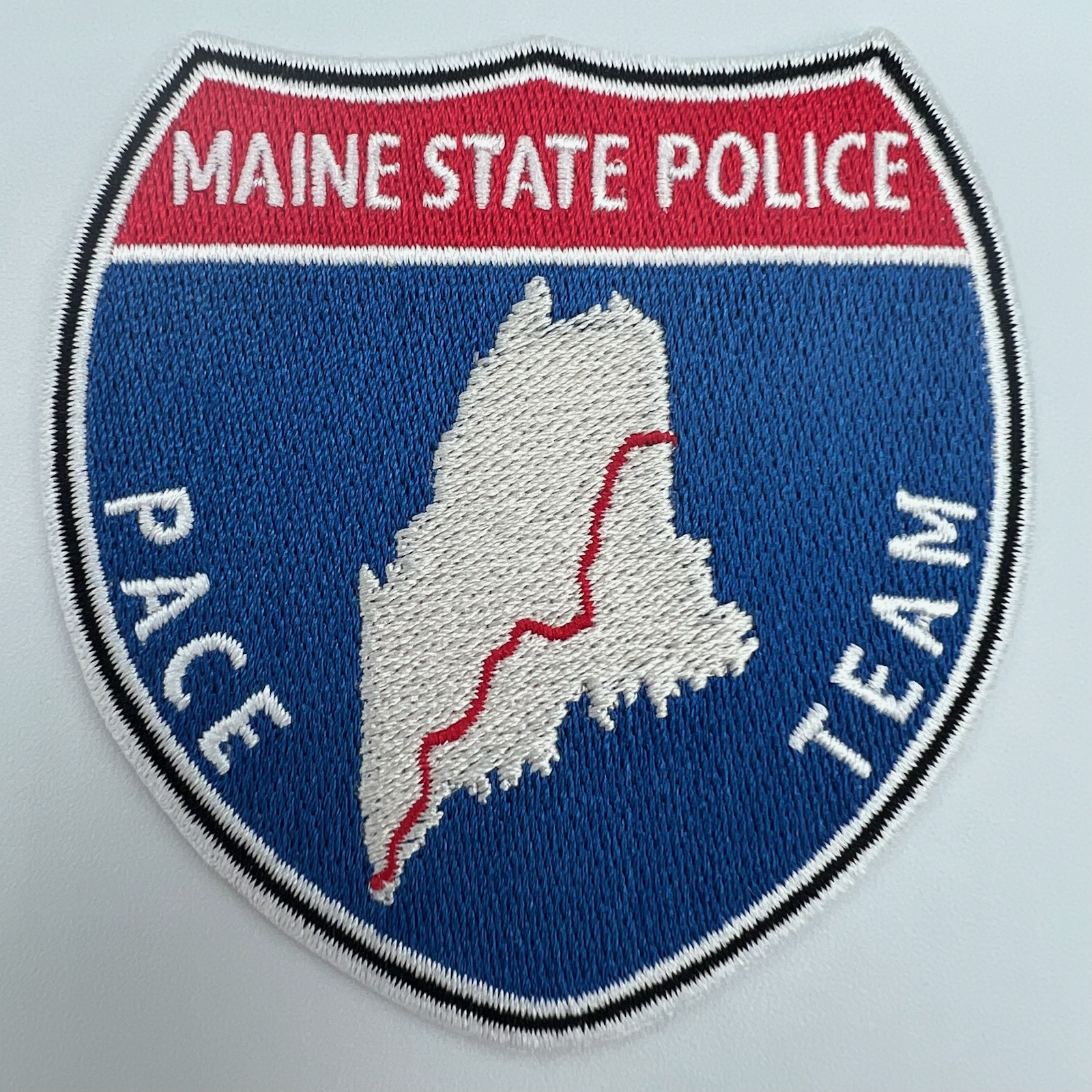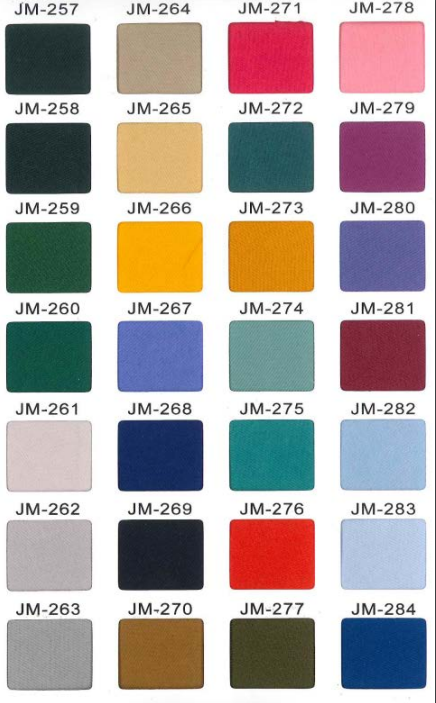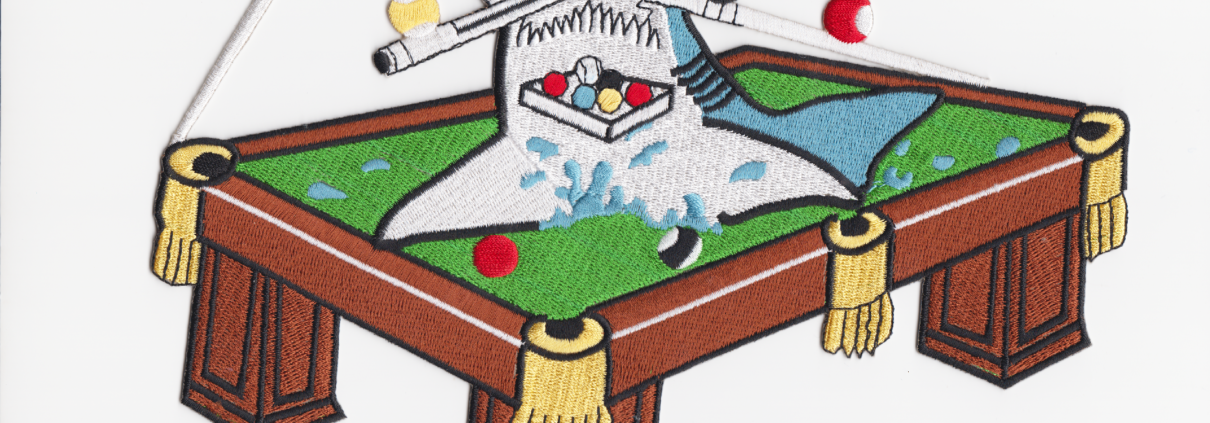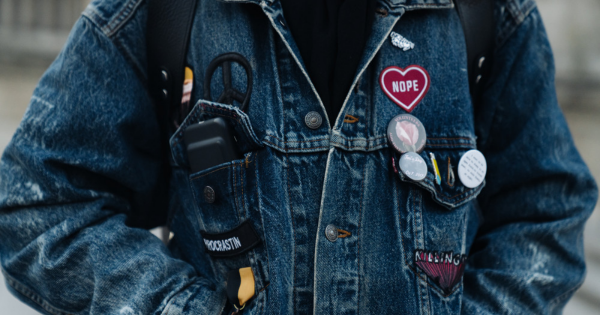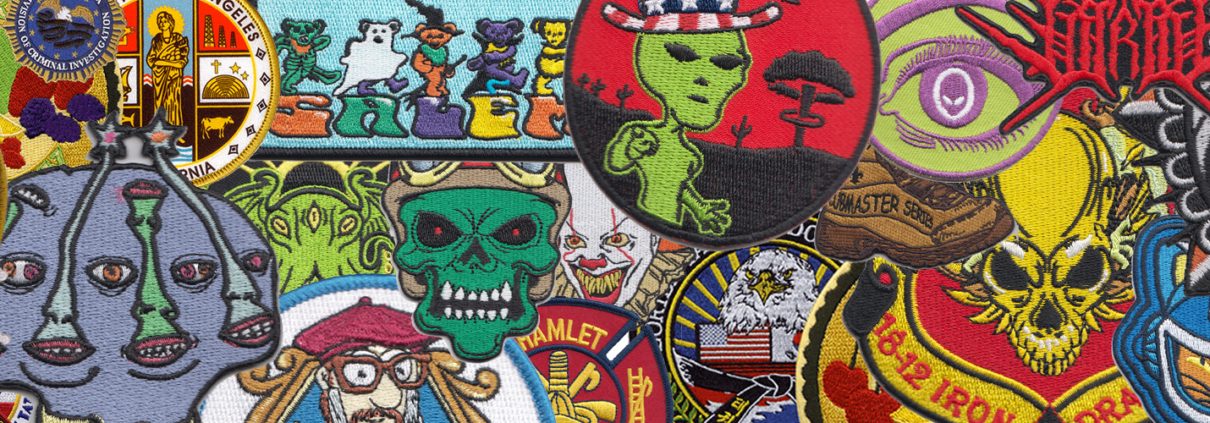One of the most frequent questions we get from new customers is this: “So how does this work, anyway?”
Some folks want to hold a physical patch sample in their hands, put it up the light, and examine the thread before proceeding with production. Others are content with a digitized sample.
What’s important to remember is that everyone’s journey is different, just as each patch has a unique purpose.
Some people come to us with a logo fully developed by in-house graphic artists, thread colors picked, a style already in mind, and all of that information beautifully laid out in a spreadsheet; others come to us with a hastily-snapped photo of a pencil drawing in their notebook. There’s no right or wrong way to go about it, but understanding the process of developing a custom patch will help you be prepared to get the most out of your experience.
Without further ado, here’s a step-by-step guide to ordering your first custom patch!
Step 1: Prepare your design
Before you can create your patch, you have to know what your design will be! Now, some patch manufacturers will help you create the actual artwork for the patch and some won’t – here at Artex, we’re proud to provide a basic design service – but if you (like most of us) weren’t blessed with artistic vision, consider using a freelance graphic designer to bring your logo to life. Websites like Fiverr and Upwork are great for quickly locating available talent without straining your budget, plus you get to feel good about supporting the little guy!
Once your logo is primed and ready, it’s time for step two.
Step 2: Select your patch style
This is a whole blog post in and of itself… luckily, we already have one, which you can read by clicking here!
The short version is this: the style of patch you choose (embroidered, woven, sublimated, PVC, et cetera) will have a tremendous influence on the way your patch looks and feels. If you’re having trouble deciding, have a conversation with one of our salespeople! They have decades of experience in the patch industry and know which style will suit a particular logo simply by looking at it.
Remember, the style of patch you choose will ultimately affect the way the patch looks and feels. Once you’ve got your artwork ready and you’ve picked the patch style that best suits your logo, it’s time to get things moving!
Step 3: Approve your custom patch
Once the details are settled, the next step is to produce what’s called a “stitch-out” or “sew-out” for your approval. So what exactly is a stitch-out? It’s not complicated – a stitch-out is just a scanned sample that will be passed along to you in order for you to decide whether you’d like to make any changes to the design prior to proceeding with production.
It’s important to be detail-oriented at this stage, but also to remain realistic. Remember what attracted you to your logo and focus on what’s important. It’s important that you love your logo – it’s very important! – but no one will ever analyze it to the same extent that you will during the design phase. Knowing what matters most to you will help you keep that perfectionist tendency in check while also ensuring that your custom patches are exactly what you wanted.
Step 4: Production time!
As soon as your patch is approved, production begins. The lead time on manufacturing a batch of new patches is typically around three to four weeks but can vary depending on the size of the order and the complexity of the design. Some styles – such as metal pins – may also take a bit longer than a traditional embroidered patch.
If you’re under a time crunch or if something unexpected comes up, don’t be afraid to communicate your needs! There have been times when our team at Artex has had to wrangle large orders of custom patches in just two weeks, but the worst thing for both the manufacturer and the customer is a breakdown of communication.
Step 5: Shipping your custom patches
Once your patches have been manufactured, the last step is getting them to your doorstep! Artex Group offers shipping options ranging from standard to overnight, but communication is key! Make sure you leave room in your schedule for mishaps. If you need your patches three days, for example, it’s best not to select two-day shipping… we’ve seen packages left unscanned in carrier warehouses and all other forms of slip-ups in our time, and we can safely say that a little bit of cushion never hurts! It’s always better to be safe than sorry.
… and that’s it! You have your custom patches!
If you have any questions about the process of ordering custom patches or if you’d like a quote for your design, feel free to reach out to us. We’d be happy to help you get your next order of patches going!

